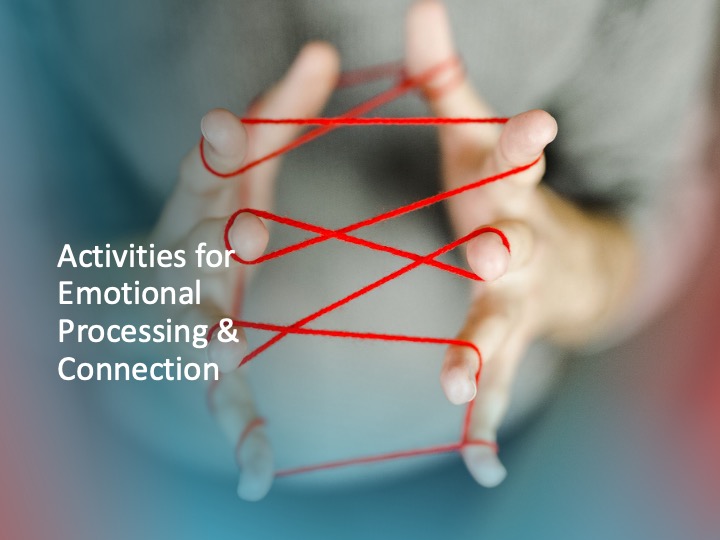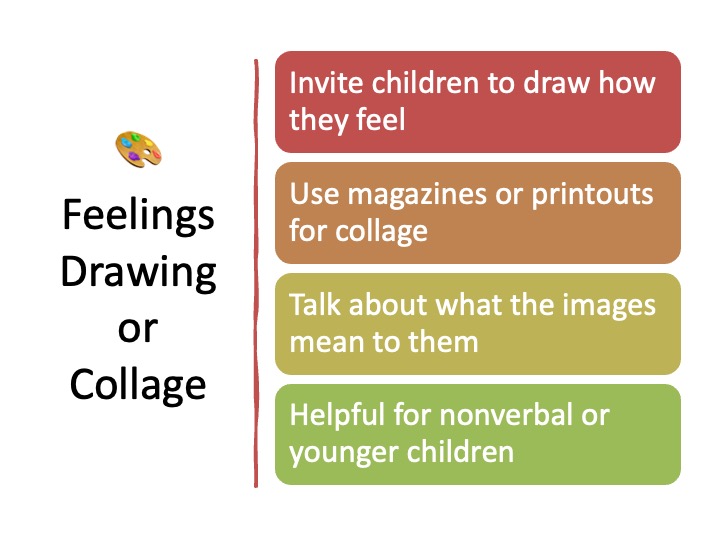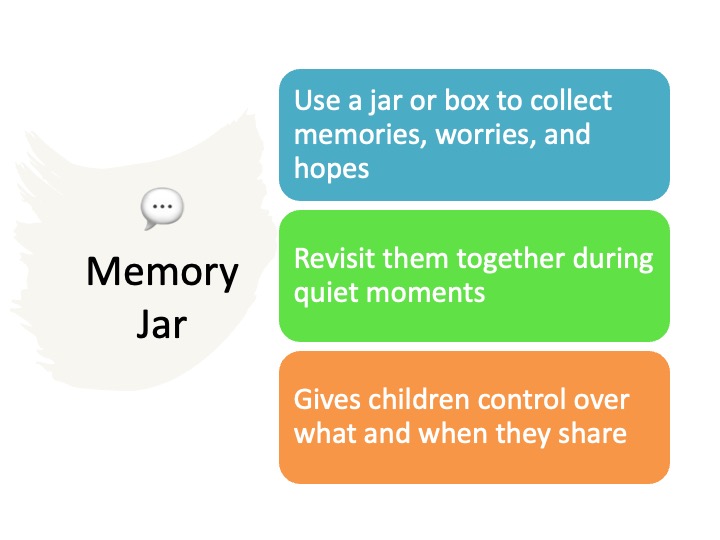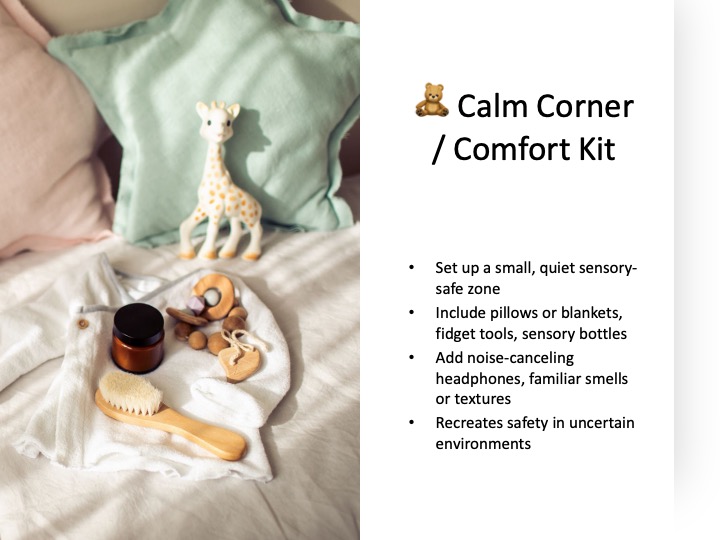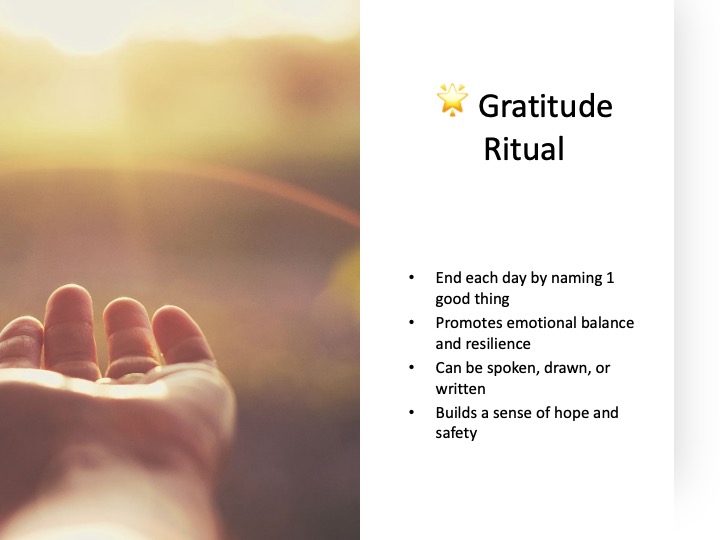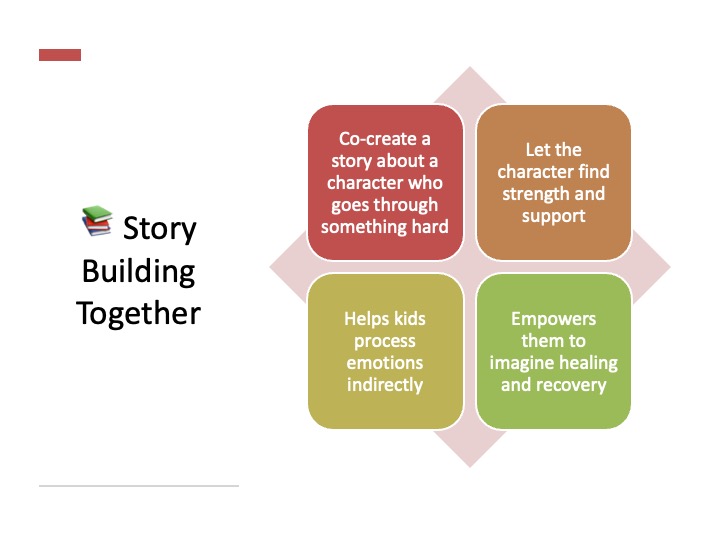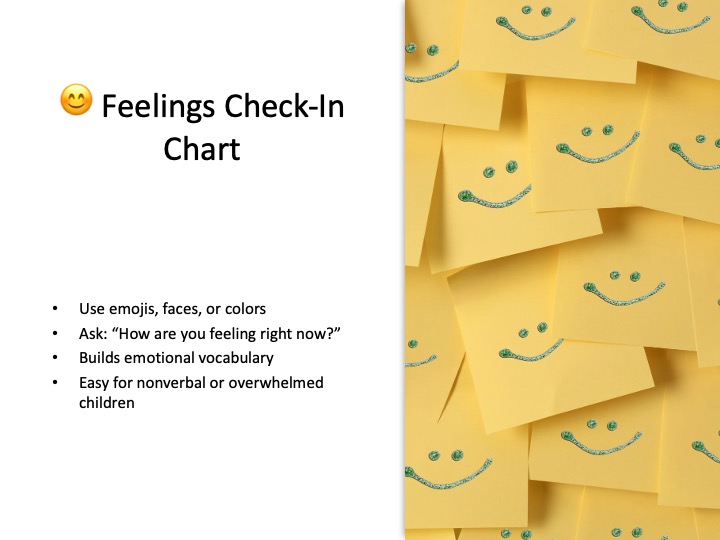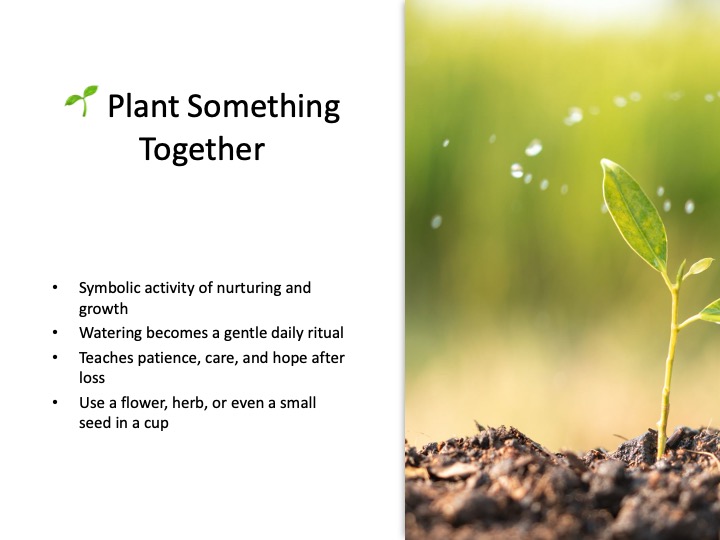Helping Children Heal After Disaster: Activities for Processing Grief Together
- Kim
- May 26
- 3 min read
Updated: Jun 11
When wildfires tear through communities, the visible destruction is only part of the story. For children—especially those who think and learn differently—grief after a disaster can be confusing, overwhelming, and hard to put into words. It may show up in sleep disturbances, clinginess, meltdowns, or sudden quiet. And as caregivers, educators, or professionals, we’re often left wondering: How can we help them process something so big?
Healing doesn’t happen through words alone. Kids process grief through play, creativity, and connection. Below are simple, developmentally-appropriate activities designed to support children emotionally after a traumatic event—like the recent LA fires—and help families feel more grounded and connected in the aftermath.

Ages 3–6: Comfort Through Connection
1. Feeling Faces Game
Create simple cards with facial expressions (happy, sad, scared, angry). Let your child choose one that shows how they feel. Say things like, “That’s a very strong feeling. I’m glad you showed me.”
Why it helps: Builds emotional vocabulary and teaches kids that all feelings are okay.
2. Safe Space Box
Together, fill a shoebox with comforting items: a soft blanket, a favorite toy, calming scents, or family photos. Let your child know this is a space they can go to when things feel “too big.”
Why it helps: Gives children a sense of safety and control.
Ages 7–10: Expression Through Creativity
3. Memory & Hope Jar
Use slips of paper to write or draw memories, worries, or wishes. Drop them in a jar and open them together when it feels right.
Why it helps: Encourages expression without pressure and invites gentle family conversations.
4. Glitter Calm-Down Jar
Mix warm water, glitter glue, and fine glitter in a jar. When shaken, it acts like a visual metaphor for emotions—stormy at first, then slowly settling.
Why it helps: Teaches mindfulness and helps with emotional regulation.
Ages 11–14: Processing Through Story and Reflection
5. Letter to What Was Lost
Encourage your child to write a letter to a home, pet, tree, or even a sense of safety they lost. They don’t need to share it—just writing it down can help.
Why it helps: Provides a safe container for grief and offers symbolic closure.
6. Create a Resilience Shield
Draw a shield and divide it into sections:– something that helps me feel strong– someone I can count on– a happy memory– a hard thing I’ve overcomeDecorate it together.
Why it helps: Builds self-esteem and reminds them of their support system.
Ages 15–18: Identity and Meaning-Making
7. My Grief Map
Ask your teen to draw a “map” of their emotional journey since the disaster—where they’ve been, what’s helped, and what they still need. This can be visual, written, or both.
Why it helps: Encourages introspection and supports long-term coping.
8. Planting Hope
Choose something small to plant together: a flower, a tree, a seedling. Add a label with a meaningful word like hope, grow, or remember.
Why it helps: Offers a powerful, living symbol of healing and renewal.
A Final Note for Caregivers
No matter your child’s age or developmental stage, the most important thing you can offer is presence. You don’t need all the answers. What matters most is that they know you see them, hear them, and love them.
Your healing supports theirs. So be gentle with yourself, too.





